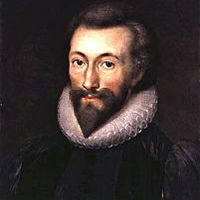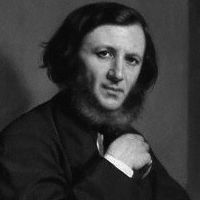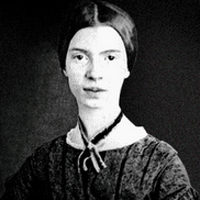The Good-Morrow by John Donne: Summary
The Good-Morrow is a metaphysical love poem by John Donne, originally published in his 1633 collection of Songs and Sonnets. This three stanza poem revolves around two main metaphors, a couple of lovers waking into a new life, and a new world created by their love.



